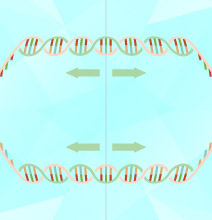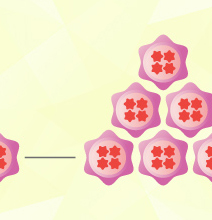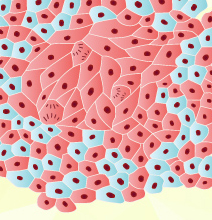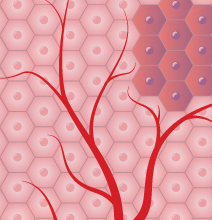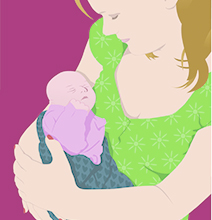DNA repair mechanisms
Contrary to what is often believed, mutations occur all the time.
When the cells multiply to regenerate tissues and organs, their DNA is duplicated so each daughter cell can get a copy.
During the process it is common to make errors, but the body is prepared to deal with these.
If the sequence of the new DNA does not match the original, the cell repair mechanisms reinstate the right sequence.
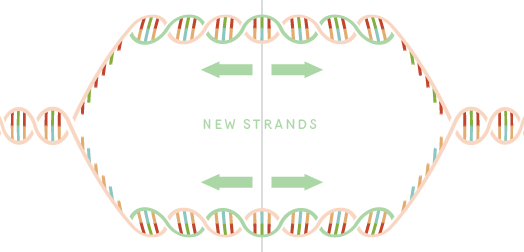
However, if the error escapes detection, we now have a mutated (or genetically modified) gene, which, as the new cell multiplies, leads to a population (a clone) of cells with abnormal DNA.
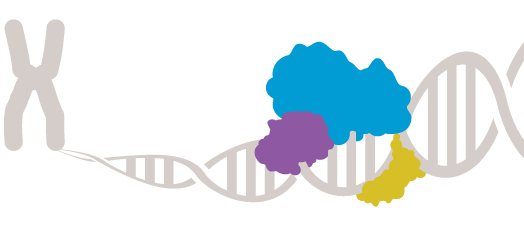
A genetic mutation can also be the result of environmental influences .
If the mutation affects genes involved in the cell’s repair mechanisms, it causes genetic instability in the cell.

